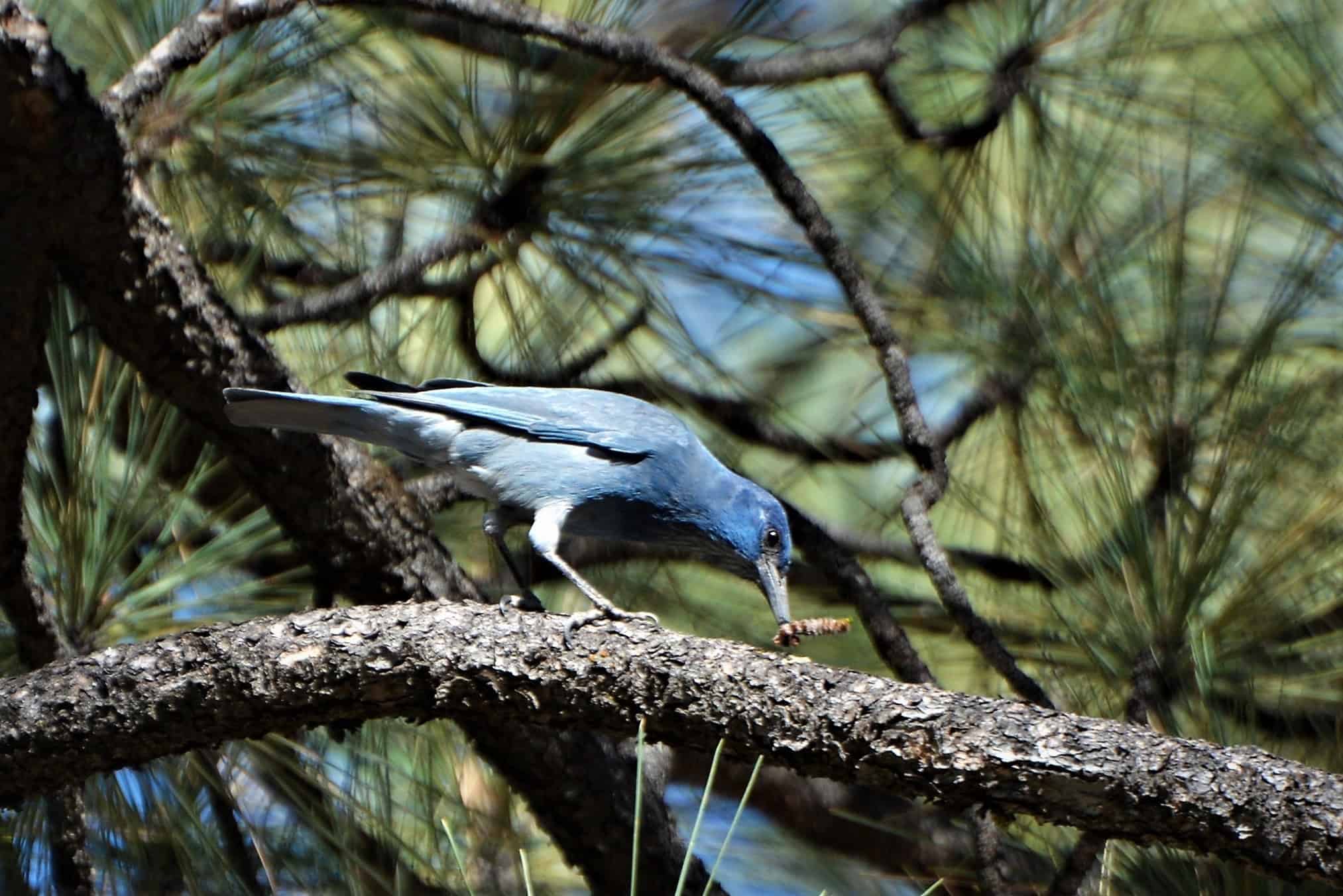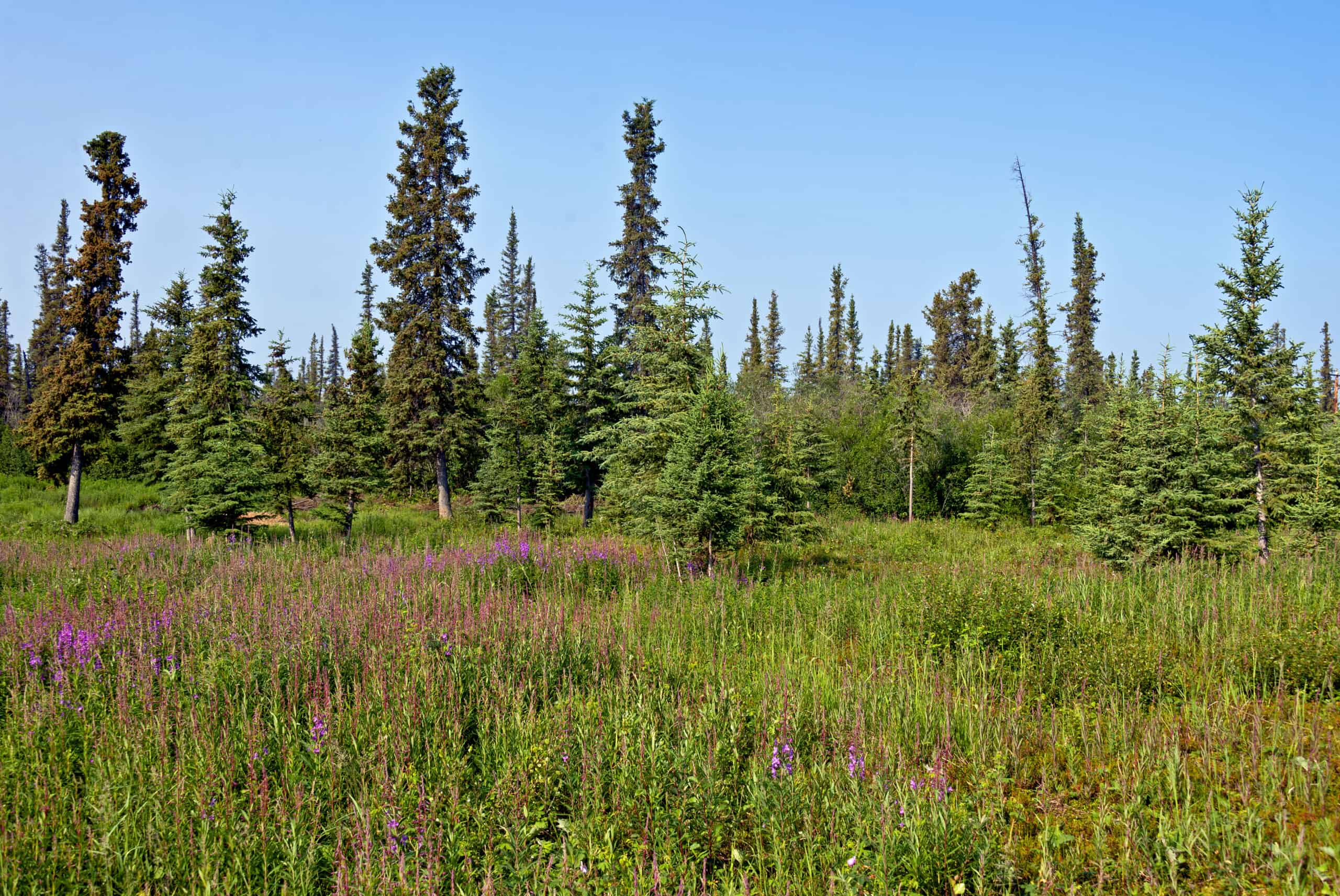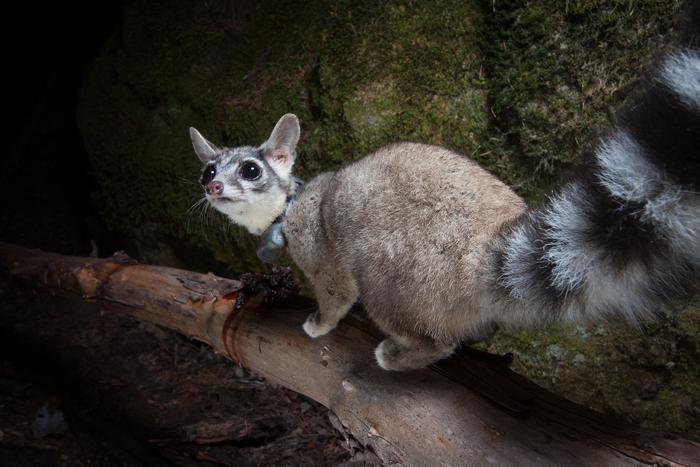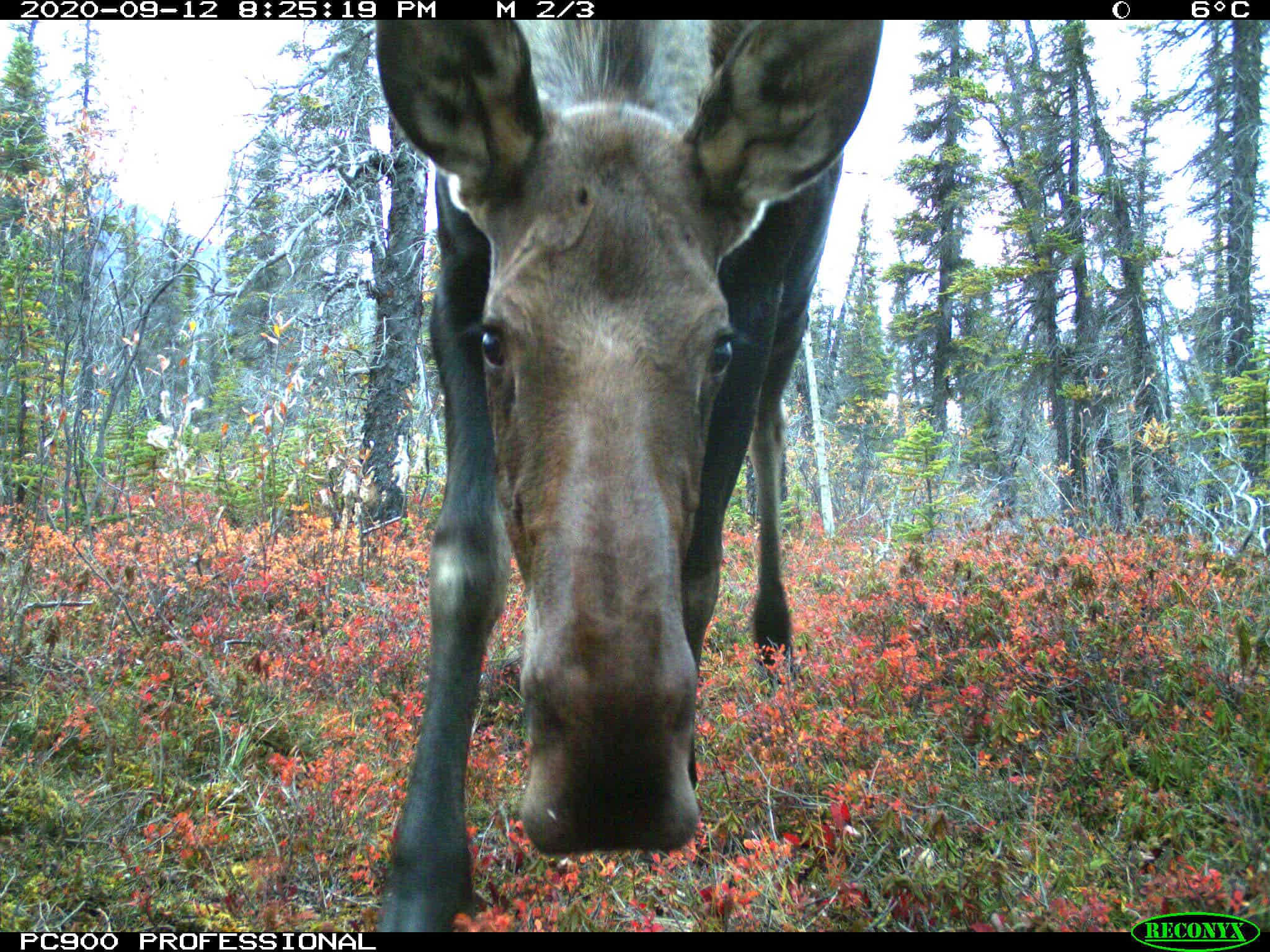Share this article
Wildlife Featured in this article
- Pinyon jay
Where trees meet the sage
Optimizing pinyon-juniper management for imperiled sagebrush and woodland birds
Reducing encroachment of pinyon-juniper woodlands is a proven management tool to restore sagebrush habitat for the greater sage grouse and other sagebrush-obligate species.
However, these woodlands have their own obligate species, such as the pinyon jay (Gymnorhinus cyanocephalus), whose population has seen significant declines over the decades.
This places managers in a conundrum: where to prioritize conifer removal for sagebrush species without negatively impacting woodland species?
“We’re losing sagebrush ecosystems at a rate of 1.3 million acres per year and conifer encroachment is the second-leading cause,” explains Jeremy Maestas, the sagebrush ecosystem specialist for USDA’s Natural Resources Conservation Service. “However, we need to ensure we’re not creating problems for woodland-obligate species as well.”
Jason Reinhardt, a research forester with the Rocky Mountain Research Station, and a team of researchers that included Maestas, were enlisted to improve the spatial targeting approach used by land managers to identify areas for conifer removal while minimizing impacts to pinyon jays.
“We wanted to take the existing models and use them in different configurations to build a landscape-level optimization that could tell us where we would get the most bang for our buck,” Reinhardt says. “Essentially, to go in and prioritize management efforts in the context of these species with different habitat needs.”
A bird’s eye view of the landscape
First, the team created an optimization model for sagebrush species that showed the conifer removal priority areas throughout the nearly 458,000 square kilometers that encompass Oregon, Idaho, Montana, California, Nevada, Utah and Colorado. When population estimations of pinyon jay were included, the resulting map revealed a noticeable change in the conifer removal priority locations.
“We saw a movement away from pinyon jay strongholds in Nevada, the southeastern part of California, and a little bit in Utah,” Reinhardt says. “Instead, priority areas were in Oregon, northwestern Utah, and southwestern Idaho.”
A limitation to the team’s modeling approach is its coarse-landscape level approach, but Reinhardt says local knowledge can identify specific removal areas.
“When you get to the fine spatial scale, that’s when you need to rely on the people who know where the birds are,” he explains.
Validation of conifer removal
The model results also revealed that current removal efforts targeted primarily for sage grouse haven’t appreciably reduced optimal pinyon jay habitat.
“There’s a lot of concern over how much our removal work may be impacting pinyon jay,” says Maestas. “This research is one of the first studies to show that our work over the last 10 years has largely avoided their habitat because of our targeted approach.”
The team has received positive feedback from land managers regarding this research, which Maestas describes as another tool to continually refine priority removal areas. Work is underway with the Western Association of Fish & Wildlife Agencies to apply this model across the entire sagebrush biome.
“Land managers, public and private, are charged with balancing this really diverse spectrum of ecosystems and competing demands,” says Maestas. “When we’re doing our work, we should be thinking about a holistic restoration plan that includes both the sagebrush shrublands and the adjoining forest that also need managed.”
Header Image: Conifer encroachment is the second leading cause of sagebrush ecosystems loss. However, these woodlands provide habitat for pinyon jay. Credit: el_maldo via iNaturalist








